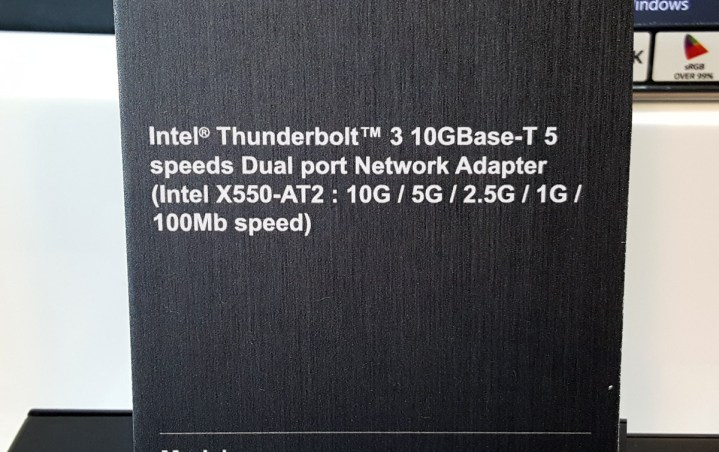
For a long time Gigabit Ethernet has been the standard for transferring big files and folders, but wireless networking has been catching up. That’s why the introduction of 2.5GbE switches was exciting, but without network cards that also support the standard, there wasn’t much way to exploit their newfound speed.
That is until Intel dropped the first multi-gigabit network interfaces at this year’s Computex. Known as the Intel X550-AT2, the new network interface cards (NIC) replace the X540 and add compatibility with both 2.5GbE and 5GbE standards (as per Toms).
Related: Banish your Wi-Fi woes with our top wireless router picks
One suggested use for the new NIC is within a Thunderbolt attached device, which could bring transfer speeds up to an unprecedented 10Gbps.
As we mentioned though, wireless connectivity is catching up, so we can expect some very quick switches in the future. One such piece of kit is the M4200 from Netgear. While priced at over $1,200 and aimed at businesses rather than the home user, it has multiple ports that support 5Gb Ethernet over Cat5e and Cat6 cables, as well as wireless support for Wave 2 11ac which offers speeds up to 6.93 Gbps per access point.
It seems likely that now the NICs are out there, over the next few months we’ll see other switch and router manufacturers jump on board and begin supporting the new, higher-speed Gigabit standards, as well as new wireless platforms that will mean we’re all accessing local content far faster than ever before in the very near future.
Could your business make use of these faster-than-gigabit networking hardware solutions?



